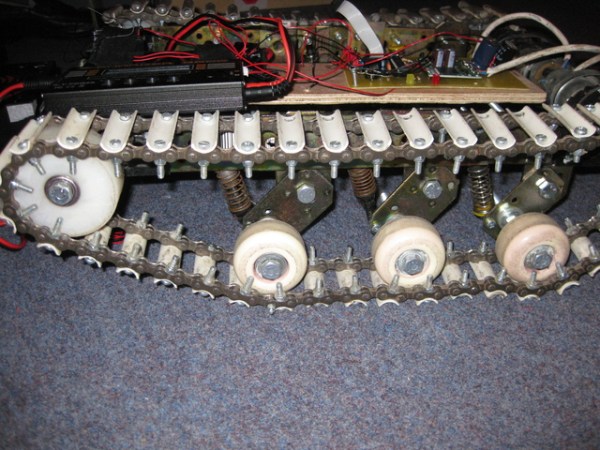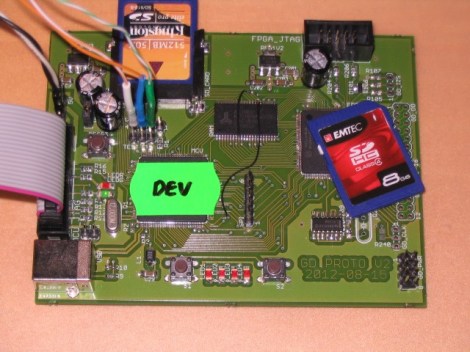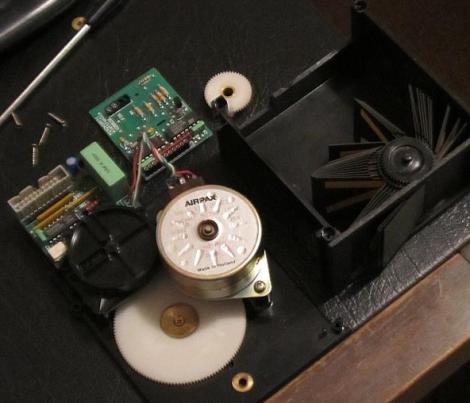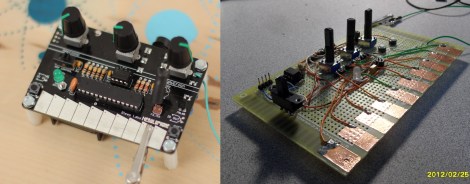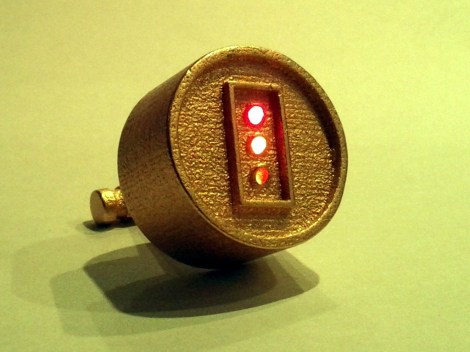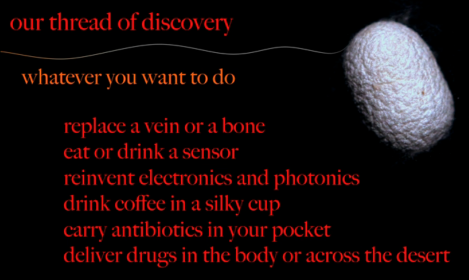
[Fiorenzo Omenetto] gave a TED talk early last year to illustrates a lot of intriguing uses for silk. Before watching his presentation we would have been hard pressed to come up with a use for silk other than in clothing. But it turns out that investigating how silk worms create the material has led to a range of other applications. You can see the full talk embedded after the break.
One of the first things he shows off is a transparent film made of silk. The material looks almost like cellulose film, and can function in a similar way. [Fiorenzo] shines a laser through a silk slide that has a micro-dot of words embedded in it. the result is a clearly readable message projected on the wall. The film can also be used for holographic images.
But it’s the biodegradable aspects that are clearly the breakthrough here. A slide of silk can be doped with pharmaceuticals and programmed for a very specific time release. This way the drugs no longer need to be stored under refrigeration, and can be reclaimed using only water. The same properties allow one to manufacture disposable objects that will quickly and completely degrade. But there’s even more, if you dope the material with a conductor like gold it becomes a disposable circuit.


